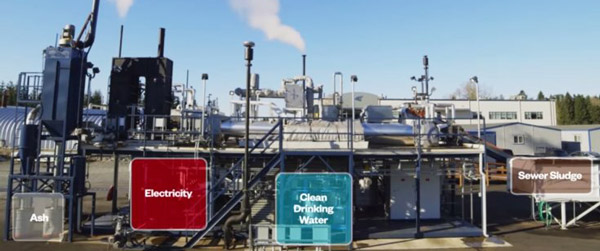The Green Side of Waste: Converting Human Waste to Clean Water
According to Columbia University Earth Institute, 2 out of 10 people in the world do not have access to safe drinking water, and many countries around the world face water shortages and droughts.
As Robert Glennon reports in his book, ‘Unquenchable: America’s Water Crisis and What to Do About It’, Americans use 24 gallons of water each day to flush their toilets—approximately 5.8 billion gallons.
The above statistics expose two key facts; while there is a high level of wastage in some parts of the world, other parts of the world still suffer from a lack of access to safe drinking water.
As the global population continues to grow and climate change results in more water crises, the demand for clean and easily accessible water becomes greater and threatens human existence as a whole. This increase in demand has prompted the development of several ingenious methods of producing clean water, and one of the most interesting methods which we have seen is the recycling of waste to produce drinking water.
An example of a waste-to-clean water converter is the OmniProcessor which is funded by the Gates Foundation as part of its ‘Reinvent The Toilet Challenge’.
The low-cost waste treatment plant combines a steam power plant, an incinerator, and a water filt

ration system into a machine capable of converting 14 tons of sewage each day to clean, potable water. It does this by burning the waste at a very high temperature (1000 degrees Celsius), producing water and electricity in the process.
It is a safe repository for human waste and the process meets all the emission standards set by the US government.
Today, in many places without modern sewage systems, waste is taken from latrines and dumped in rivers, oceans or at treatment facilities that do not actually treat the sewage, thus creating problems in the environment.
A few countries like Singapore, Australia and Namibia, and states such as California, Virginia and New Mexico in the US are already adopting similar technology and other forms of water recycling, demonstrating that purified wastewater can be safe and clean, and that it can help ease water shortages.
Today, the recovery and reuse of resources stands to be vigorously popularized as it may be one measure that can secure advancement toward the Sustainable Development Goals, especially on the issue of safe sanitation and affordable drinking water.
